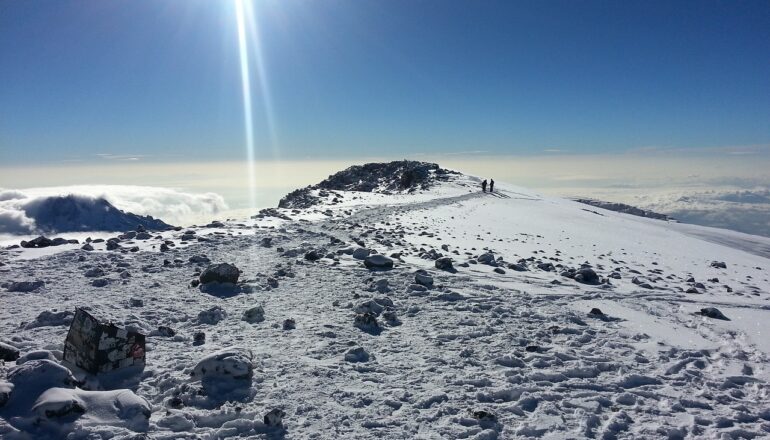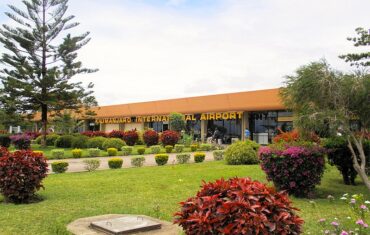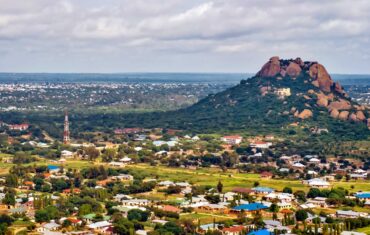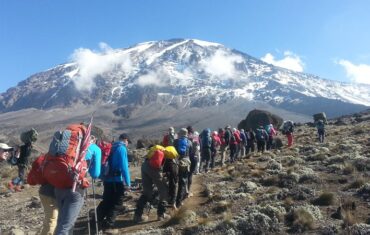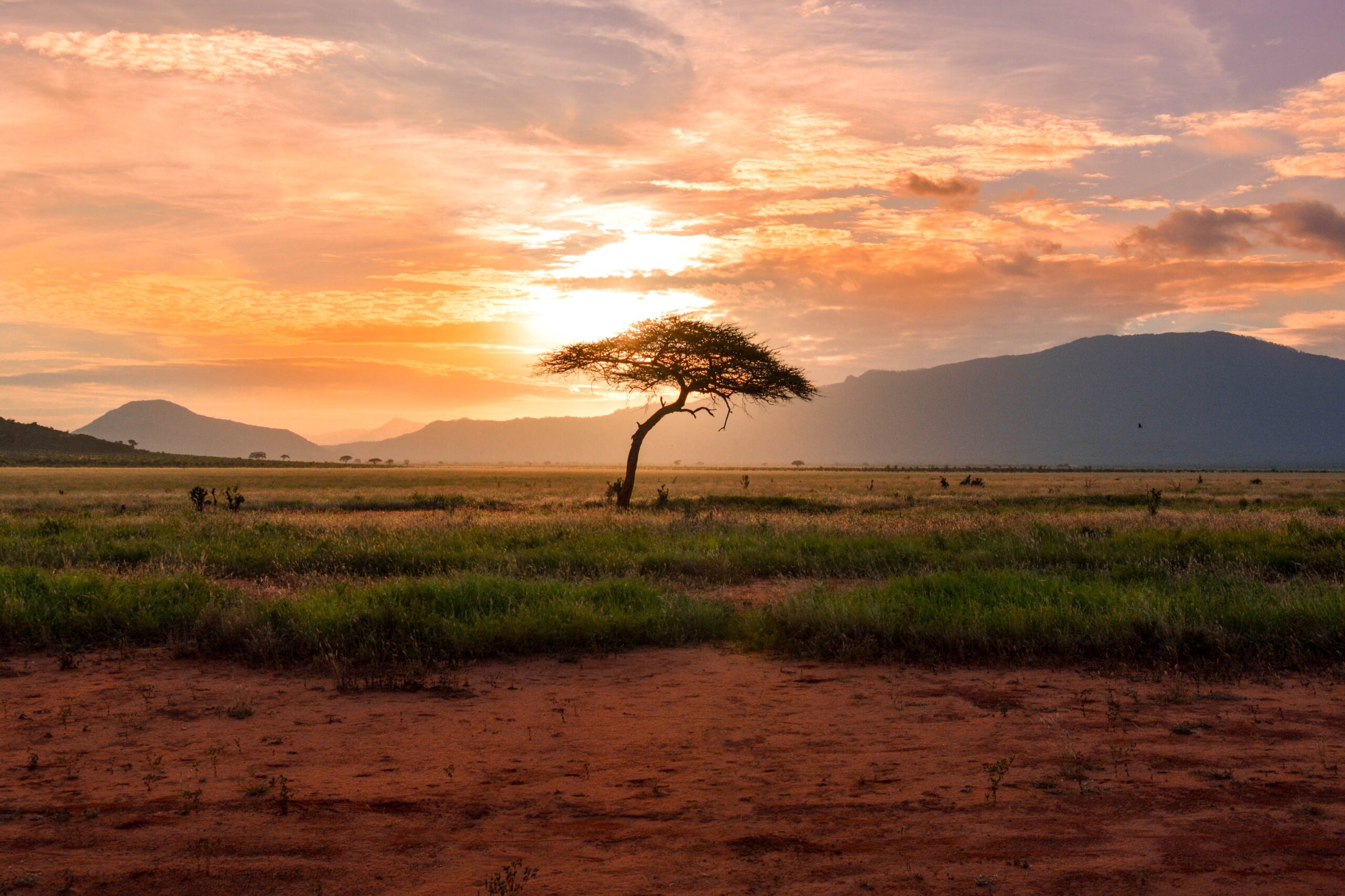Exploring the Question – “How Tall is Mount Kilimanjaro? Nestled in Tanzania, Mount Kilimanjaro rises with unparalleled majesty, beckoning adventurers and nature enthusiasts to its awe-inspiring slopes. An iconic destination boasting breathtaking beauty, Kilimanjaro’s allure is rivaled only by the mystery of its impressive altitude. In this article, we embark on a quest to comprehend the heights of Mount Kilimanjaro, repeatedly addressing the question: “How tall is Mount Kilimanjaro?”
The Altitude Challenge: How Tall is Mount Kilimanjaro?
At 5,895 meters (19,341 feet) above sea level, Mount Kilimanjaro is Africa’s tallest mountain and the world’s tallest free-standing peak, making its impressive stature unmatched and prompting the question: “How tall is Mount Kilimanjaro?”
Peaks of Kilimanjaro: Scaling the Heights
The mountain’s allure is defined by three distinct volcanic cones: Kibo, Mawenzi, and Shira. Kibo, the highest of these, cradles the renowned Uhuru Peak. This ultimate summit, a magnet for global climbers, commands an altitude of 5,895 meters. As we navigate these peaks, the persistent question echoes: “How tall is Mount Kilimanjaro?”
Climbing Kilimanjaro: Reaching Unprecedented Altitudes
The magnetic pull of Mount Kilimanjaro entices both seasoned mountaineers and novice trekkers alike. Journeying through diverse ecosystems, from lush rainforests to arid alpine deserts, culminates in a summit ascent that prompts adventurers to ponder: “What is the true height of Mount Kilimanjaro?”
As climbers ascend the slopes, the altitude gradually makes its presence felt. The journey is not just about covering distance vertically; it’s also about adapting to the thinning air and the altitude’s impact on the human body. Altitude sickness becomes a real concern, underscoring the importance of proper acclimatization.
Altitude Zones: Navigating the Heights
The ascent through Mount Kilimanjaro unveils various altitude zones—rainforest, heath, moorland, alpine desert, and arctic—each with its own challenges and natural wonders. These distinct zones are a testament to the mountain’s ecological diversity, from the lush greenery of the rainforest to the stark landscapes of the alpine desert.
In the rainforest zone, at the mountain’s base, climbers are greeted with a symphony of vibrant flora and fauna. As they ascend to higher zones, the vegetation gradually changes, giving way to hardier plants that can withstand the harsher conditions. The altitude is not just about numbers; it’s a journey through shifting ecosystems and a reminder of the Earth’s incredible variety.
Acclimatization: Overcoming Altitude Challenges
Mount Kilimanjaro’s altitude demands careful acclimatization. Deliberate pacing and dedicated rest days facilitate the body’s adjustment to thinning air. Climbers often follow a “climb high, sleep low” strategy, ascending to higher altitudes during the day and descending to lower ones for the night. This technique helps the body adapt more effectively and reduce the risk of altitude-related illnesses.
Acclimatization, while essential, is a delicate process. Climbers must pay attention to their bodies, stay hydrated, and maintain proper nutrition. Altitude sickness can strike suddenly and severely, making it crucial to recognize the signs and descend if necessary. While climbing Kilimanjaro, the question of height’s significance becomes about adapting to changing elevations.
The Rewards of the Summit: Reaping the Altitude’s Benefits
The summit, particularly Uhuru Peak, offers a visual feast. Sunrise vistas cast an ethereal glow over the African plains, adding to the sense of accomplishment and camaraderie among climbers. The breathtaking views prompt thoughts about whether anything surpasses understanding Mount Kilimanjaro’s true height.
Standing atop Uhuru Peak, climbers experience a mix of emotions. Experiencing triumph over heights, feeling awe from panoramic views, and embracing humility on sacred ground. The altitude becomes a symbol of the journey—both physical and metaphorical—that brought them to this point.For more information about climbing Mount contact us.
Cultural Significance: Altitude Beyond Numbers
Mount Kilimanjaro is not just a geographical wonder; it holds immense cultural significance as well. It’s considered a sacred site for local Chagga people, and various rituals and ceremonies are associated with the mountain. The altitude here bridges the physical and the spiritual, the earthly and the divine.
Conclusion: A Monument to Nature’s Heights
Mount Kilimanjaro’s altitude is more than just a numerical figure—it symbolizes humanity’s enduring spirit and nature’s magnificence. Conquering this iconic peak weaves a profound connection between human resilience and the world’s raw beauty. Standing at the apex, gazing across the panorama, the question transforms: “How tall is Mount Kilimanjaro?” into a profound contemplation of the mountain’s grandeur.
As we reflect on the heights of Mount Kilimanjaro, we realize that the true measurement goes beyond mere numbers. It encompasses the challenges, the emotions, the acclimatization, and the cultural significance that make this journey a transformative experience. So, as you embark on your own quest to reach the summit, remember that the altitude is not just about physical height; it’s about the heights of human potential and the heights of nature’s splendor intertwined in a remarkable ascent.

